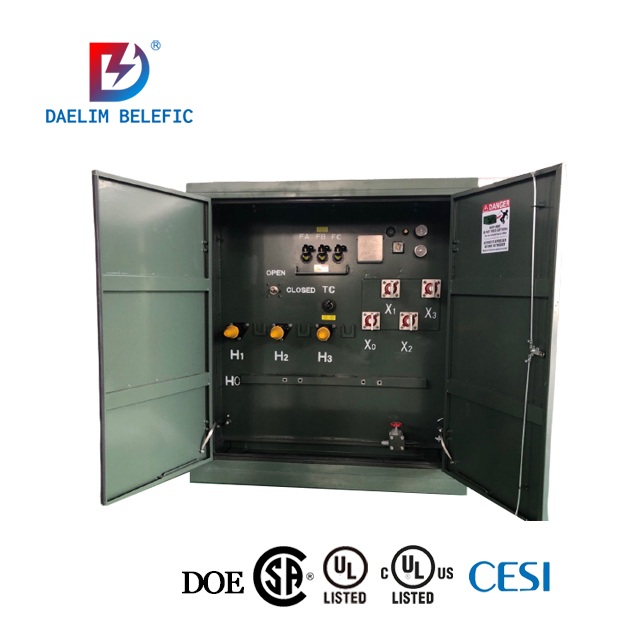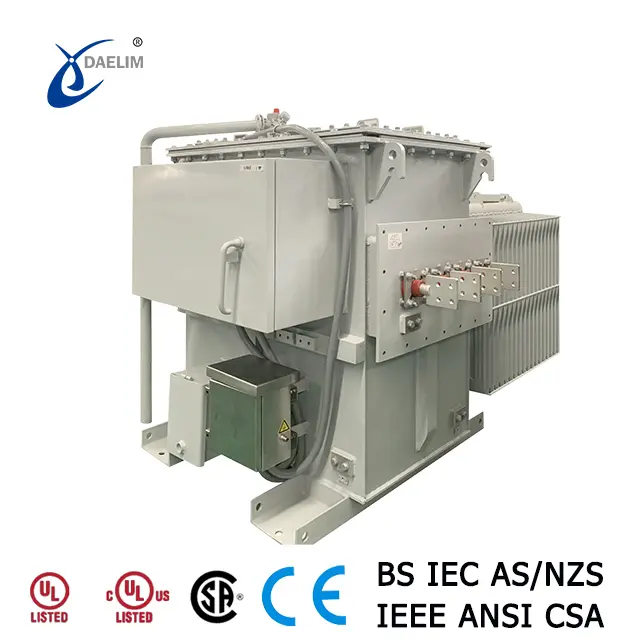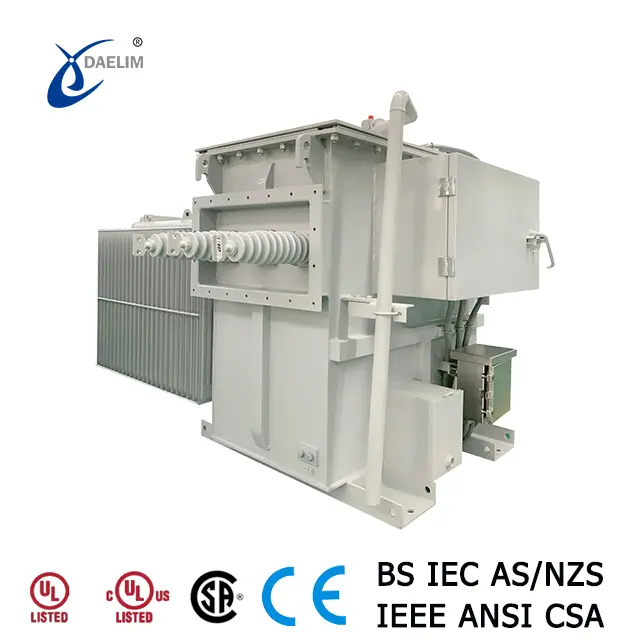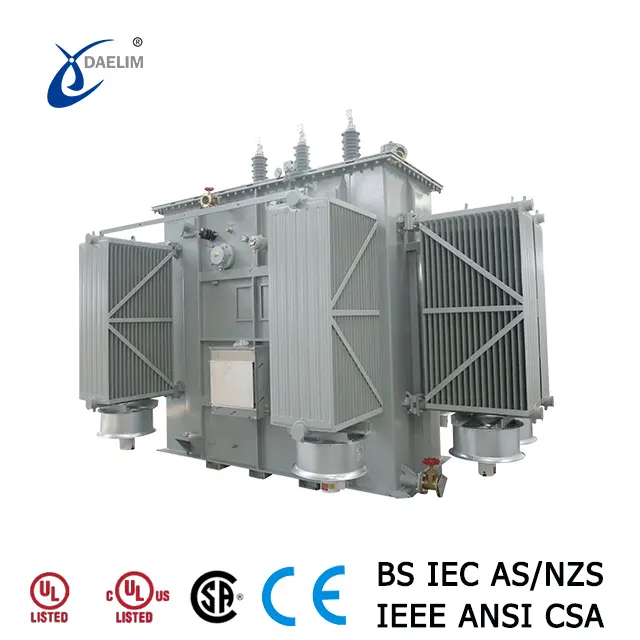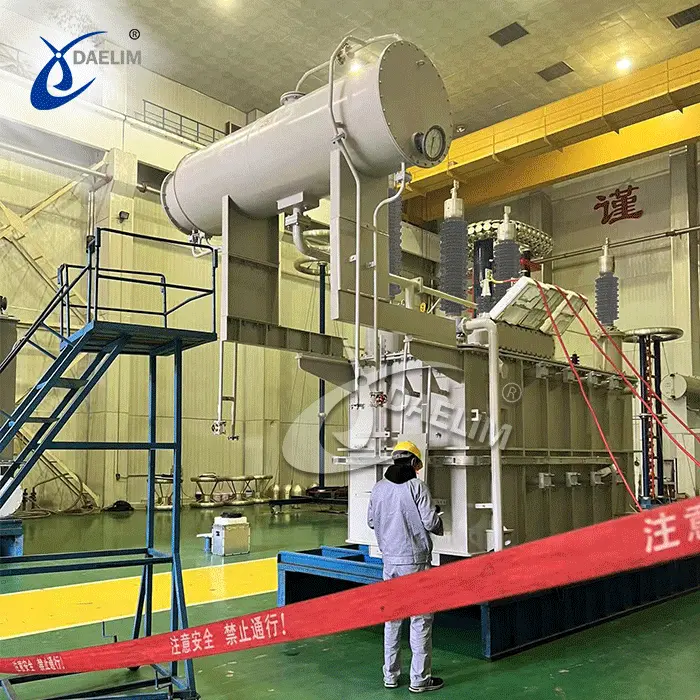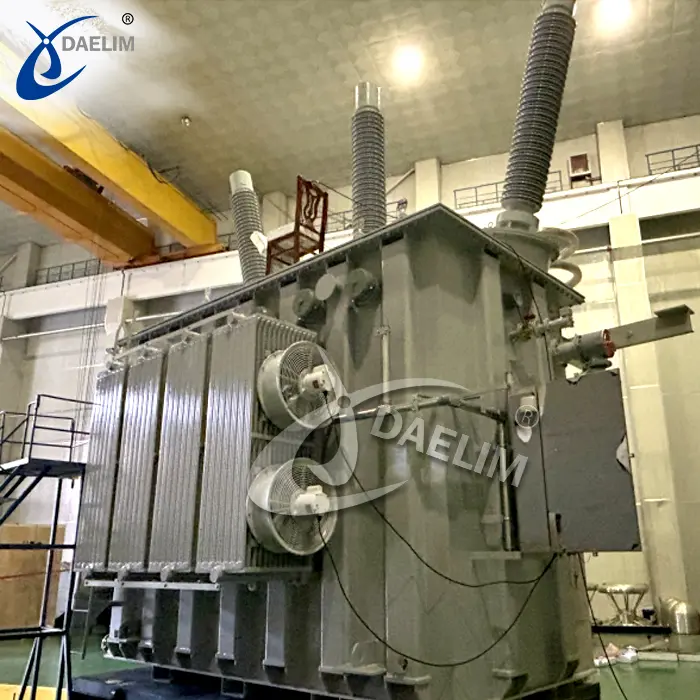The Crucial Role of Iron Cores in Transformer Design and Function
The iron core serves a crucial role in the magnetic circuit of transformers, acting as its structural framework. Its design and manufacturing significantly influence various aspects of transformer performance, including losses, noise levels, insulation strength, and susceptibility to short circuits.
During the manufacturing process, strict adherence to detailed drawings, standards, and procedures is essential. Live parts must be securely interconnected, and grounding points must maintain excellent contact to ensure operational reliability.
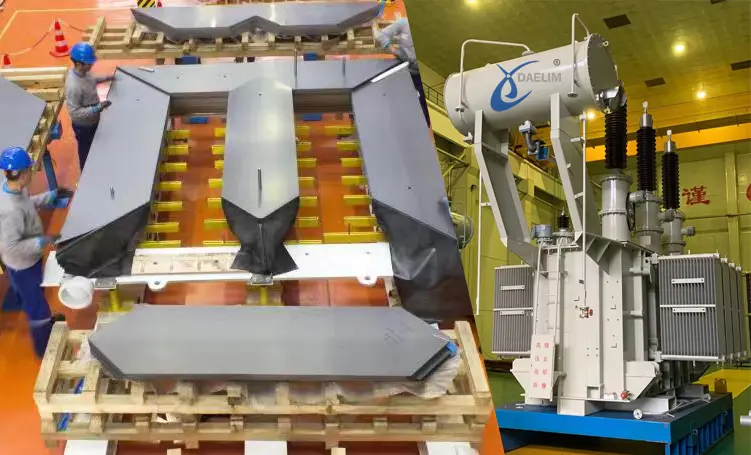
Core Clamp Requirements
- Sufficient Strength: Ensuring robustness to withstand mechanical stresses.
- Welding Wire Strength: Using welding materials that meet strength specifications.
- Processing Accuracy: Precision in manufacturing to maintain dimensional integrity.
- No "Bag" at Welding Points: Ensuring weld integrity without voids or defects.
- Vertical Limbs: Proper alignment of core limbs perpendicular to the base.
- Vertical Center Line: Alignment of pressure pin nut centerline perpendicular to core limbs after welding.
- Planarity of Limbs: Ensuring limbs lie on the same horizontal plane under both high and low pressure, particularly at ends A and C.
- Single Pass Nut Engagement: Nut threading with a three-cone pass.
- Unpainted Contact Areas: Ensuring non-painted surfaces for reliable electrical contact.
- Chamfered Clamps: Chamfering edges of clamps to prevent sharp corners.
Key Points of the Core Stacking Process
 Preparation: Gathering necessary tools and materials including clamps, insulation, sleepers, beams, pull plates, pressure pins, and foot insulation.
Preparation: Gathering necessary tools and materials including clamps, insulation, sleepers, beams, pull plates, pressure pins, and foot insulation.- Stack Placement: Place the core on a hydraulic lifting platform ensuring alignment with the center.
- Platform Leveling: Ensuring the platform is leveled to maintain core center alignment.
- Jack Placement: Positioning jacks with adequate space for pull straps and clamps.
- Fixing Jacks: Securing jacks firmly on the platform.
- Insulation and Alignment: Ensuring insulation and clamps are aligned horizontally.
- Layer Stacking: Sequentially stacking and measuring each layer for dimensional accuracy.
- Nailing Frequency: Nailing every 5mm for structural integrity.
- Tolerance Management: Compensating for tolerance variations between layers.
- Oil Channel Installation: Implementing oil channels as per design specifications.
- Support Plate Placement: Ensuring proper placement of support plates.
- Verticality Check: Verifying vertical alignment at each level.
- Final Assembly: Installing crossbeams, tie straps, and equal thickness pads to prevent deformation and reduce losses.
- Cleaning Debris: Removing debris to maintain cleanliness.
- Tensioning Straps: Securing core and platform with tensioning straps.
- Insulation Resistance Check: Verifying insulation resistance post-assembly.
Grounding and Safety
- The core must be grounded at a single point to maintain electrical safety.
- Ensuring all metal parts connected to the core are at zero potential to prevent electrical hazards.
- Avoid dual-point grounding to prevent potential short circuits and associated risks of current flow and equipment damage.
By meticulously adhering to these procedures and standards, manufacturers ensure transformers meet operational requirements while maintaining safety and reliability in electrical systems.
The Daelim Transformer utilizes high-quality silicon steel sheets as core materials and adheres rigorously to key points in the core stacking process. This commitment ensures that the Transformers produced exhibit low losses, minimal partial discharge, reduced noise levels, enhanced short-circuit resistance, and superior insulation performance. These transformers provide sustainable and efficient power solutions for a variety of industrial and commercial applications.
Related Products
Related Article
Why Choose Silicon Steel Sheets for Transformer Cores?
Transformers, crucial for voltage regulation and electricity transmission, rely heavily on their core materials for optimal performance. The iron core, often likened to the "heart" of a transformer, plays a pivotal role in this regard. Here’s why silicon steel stands out as the preferred material for transformer cores
Effects of Core Rusting on Transformers
Rust on a transformer's silicon steel sheets increases core loss and reduces efficiency. It causes overheating, degrading insulation and shortening lifespan. Rust also lowers magnetic conductivity, raises iron loss, and escalates hysteresis and eddy current losses, leading to higher induced currents, increased heat, and capacity loss.
Differences Between Copper Core and Aluminum Core Transformers
Copper core transformers offer better conductivity, slower temperature rise, and are ideal for high-load applications. Aluminum core transformers are more economical, heat up faster, and are suitable for lower loads. Choose based on your specific load requirements.
Requirements for Transformer Core Grounding Points
Transformer cores must have a single grounding point to prevent floating potentials, short-circuit currents, and overheating. Improper grounding can cause insulation damage, increased iron loss, gas generation, and power interruptions, compromising transformer and grid safety.
Manifestation Characteristics of Transformer Core Grounding Fault
Transformer core grounding faults cause overheating, gas production, and insulation damage. Symptoms include increased hydrocarbons in oil analysis, high grounding current, and visible core burns or discharge marks. Accurate diagnosis requires comprehensive testing, electrical measurements, and visual inspections.
Prevention and Treatment Measures for Transformer Core Grounding Faults
Prevent transformer core grounding faults by ensuring proper insulation, regular current measurements, and chromatographic analysis. Address faults with temporary measures, inspections, and targeted repairs. Emphasize design and manufacturing standards to prevent faults and ensure safe operation.

